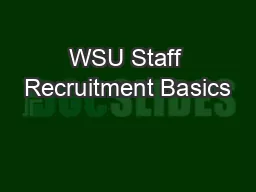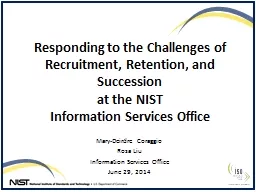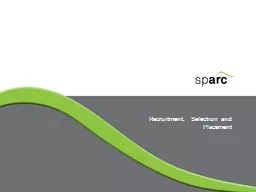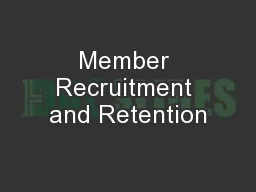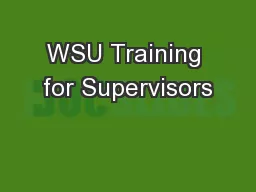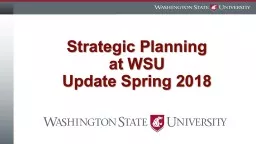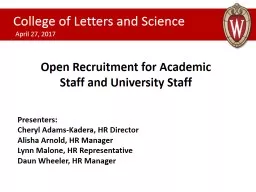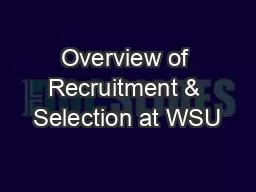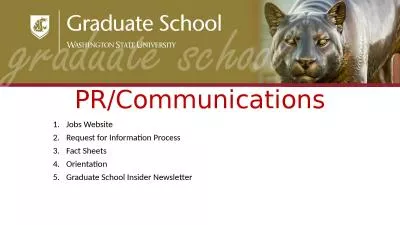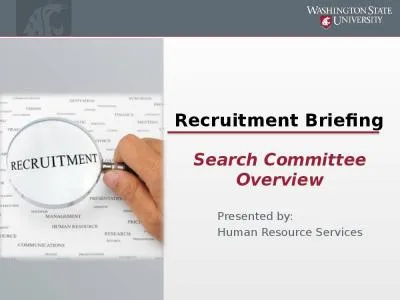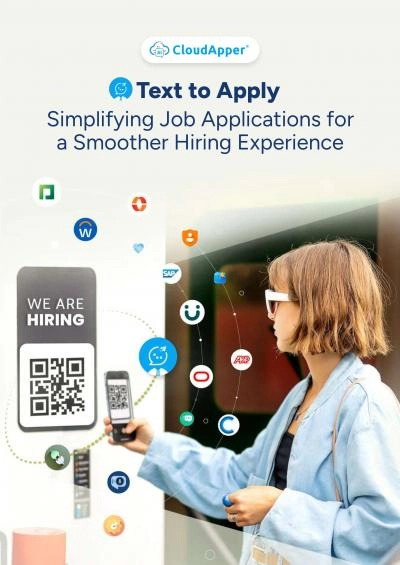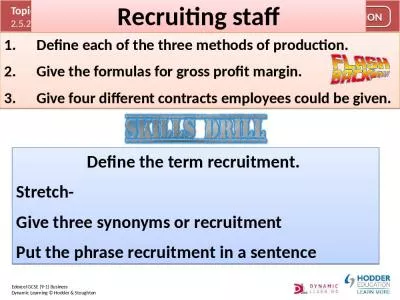PPT-WSU Staff Recruitment Basics
Author : liane-varnes | Published Date : 2018-09-22
Developed by Human Resource Services Overview of the Staff Recruitment Process January 2017 Key Objectives Recruitment Laws amp Policies Individual Recruitment
Presentation Embed Code
Download Presentation
Download Presentation The PPT/PDF document "WSU Staff Recruitment Basics" is the property of its rightful owner. Permission is granted to download and print the materials on this website for personal, non-commercial use only, and to display it on your personal computer provided you do not modify the materials and that you retain all copyright notices contained in the materials. By downloading content from our website, you accept the terms of this agreement.
WSU Staff Recruitment Basics: Transcript
Download Rules Of Document
"WSU Staff Recruitment Basics"The content belongs to its owner. You may download and print it for personal use, without modification, and keep all copyright notices. By downloading, you agree to these terms.
Related Documents

